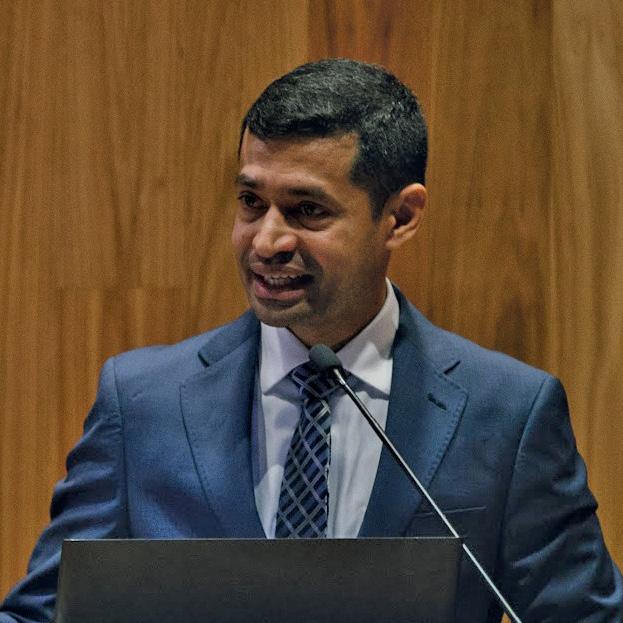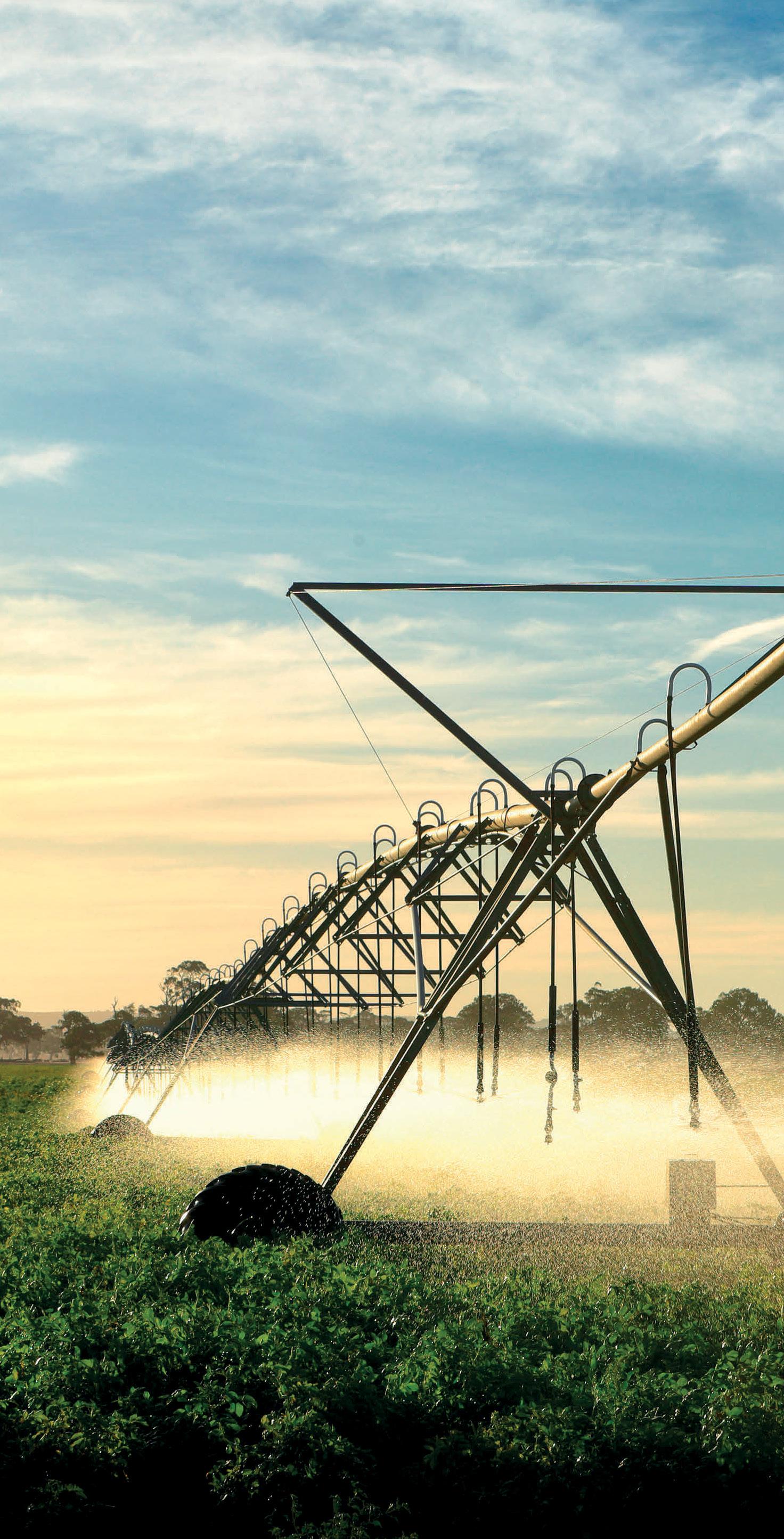
6 minute read
What are the plans for building on success?
The sound you are hearing in the background is the creaking joints of politicians limbering up for their triennial lap around the provinces espousing farming as the “backbone of the economy”.
Of course, with the primary sector contributing an incredible 82 percent of New Zealand’s merchandise exports, this has arguably never been truer. We are the only First World agrarian economy. The real question is what these politicians’ plans are to build on this success. When the country is running a staggering $34 billion current account deficit, it’s not a ‘nice to have’, it’s an imperative.
Advertisement
So far, international ratings agencies have shrugged off this woeful statistic, but it is only a matter of time until they do not. These things tend not to matter until they do. A credit downgrade would see an even further rise in interest rates, a collapse in the NZ dollar, and subsequent turbocharging of inflation; a toxic combination with which we cannot continue to flirt.
If COVID has taught us anything, it is that we cannot money print our way to prosperity, we must earn it. During my time in parliament I was always struck by the amount of time we spent on allocating government spending and the inadequate focus on how we were actually going to grow the nation’s wealth. While a return to government fiscal prudence is now a necessity, we also must guard against an austerity path that precludes us from investing in long-term wealth creation.
We must play to our strengths, and we are indeed fortunate our strengths lie in food production. With the global population set to reach 10 billion by 2050, requiring an estimated 70 percent more food, we should be absolutely in the box seat.
To take advantage of this position we need to think much more strategically around water. New Zealand is rich in water, an increasingly scarce global commodity. We must urgently address Wellington’s aversion to irrigation and water storage, and see water security for what it is — our key strategic economic advantage. The challenges posed by climate change, and the resilience of our rural communities and national economy should see this issue near the very top of the political agenda.
We also need to throw in the mixed issues around food security. Who would have ever thought in New Zealand we would be having a food security crisis? Empty supermarket shelves and steep food inflation are crippling family budgets. The aftermath of Cyclone Gabrielle has laid bare the resilience level of our food supply chains and the danger of our fresh produce growing areas being too geographically concentrated. The case for a national food strategy is getting stronger, and having more regions with reliable water supply should be a fundamental tenet.
While I fully accept that I’m guilty as charged of being another wannabe politician vying for your votes, I can assure you I implicitly understand the importance of irrigation. What could a dryland sheep and beef farmer from Lawrence know about irrigation anyway?
My family farm, Springbrook, is near Southbridge, by the shores of Lake Ellesmere in Canterbury. My grandfather was an irrigation pioneer and I believe his was the very first well drilled by McMillan Drilling, back in the early 1950s. It is extraordinary to consider that this was only a handful of years after he was ploughing with a team of Clydesdales. They must have been exciting times full of possibility and promise. It’s no coincidence New Zealand boasted the second-highest standard of living in the world back then.
The first decade and a half of my farming career was spent at Springbrook. Those early summers were spent wading through crops, and shifting around a trailer full of Bisley hand shift pipes. The pump was driven by an old Nuffield tractor. No one was more excited by summer rain than I! This system evolved over time into the traveling guns, and then to rotorainers and, mercifully, an underground mainline.
Now this property is farmed by the Barnett family, multi-generational friends, and neighbours. It boasts two large centre pivot irrigators. The precision and timing of the water allocation allow the growth of a diverse range of high yielding arable, processed vegetable, and specialist seed crops, and integrates the finishing of prime lambs by the thousands. All are controlled by the click of a button. If my grandfather were to return today, he would consider this level of farming barely distinguishable from magic.
My first foray into farming on my own account was at Ngapara in North Otago. This was in the mid-2000s, about the time when stage two of the North Otago Irrigation Company (NOIC) irrigation scheme was being planned out. Anyone who doubts the public value of irrigation investment should go to Oamaru. Twenty-five years ago, it was a dying town. Today it is thriving and completely unrecognisable.
This would not have happened if it wasn’t for the foresight of the Waitaki District Council, who, contentiously at the time, under wrote the scheme to the tune of $10 million. This was a huge sum for them at the time, but a sum that has subsequently enabled the creation of hundreds of millions of extra dollars in increased productivity from its hinterland. Highly fertile soils are no longer restricted in their production by the regular summer dry that used to cripple their economy.
One of the misconceptions held by opponents of co-investment in irrigation schemes and water storage, either by local or central government, is that it is a public subsidy to farmers and growers. Although it seems counterintuitive, it is farmers who are often last to benefit. For us, it is a generational investment, akin to buying extra land, which is often expensive at the time but with long-term paybacks. The people and businesses who benefit immediately are in the service industries and towns, due to the huge and sustained lift in economic activity. The government does just fine via the tax take, as well.
Previous governments have recognised this, and fortunately, New Zealand has a multitude of irrigation schemes. Many were constructed by the old Ministry of Works and championed by visionary farming leaders. These schemes have contributed massively to our prosperity over time.
As a country, we seem to have lost all ability to construct infrastructure in any sort of time frame to any sort of budget. It has come to the point where any government infrastructure announcement is now greeted with a cynical “Yeah right”. The next government must urgently address the regulatory settings and blockages to getting seemingly anything done. While some of this is regulatory, some of it is intent, and we need stronger ministers willing to push things through.
While it is tempting to look nostalgically to the past, it is undeniable we are on a different playing field, not only fiscally but environmentally. It is a given that to gain the confidence of the wider public to invest in further water storage we need to make the case that it can be done sustainably. The days of large irrigation schemes and mass conversion to dairy are over. In many areas we have reached ecological limits. Our social license and international customers give no room for error.
Tomorrow’s water storage schemes are likely to be more niche and bespoke, enabling high-value horticulture development, crop diversification, and finishing areas to build resilience on dry stock farms. Where possible they must combine renewable energy generation and recreational features. This must all comply with strict nutrient-leaching limitations. We know how to do this, and it will be a prerequisite.
We also need to fortify access to river schemes. Environmental groups are whipping up a frenzy around water quantity. It is imperative these rivers and their ecosystems are protected, but it can’t be to an arbitrary level; it must be scientifically based. The key to doing this is a much more permissible and standardised regulatory regime which allows for on-farm water storage ponds — storing in times of plenty to supplement in times of shortage. The roadblocks to doing this in some regions are unconscionable.
The bigger controllable issue around water quantity is around the march of the pine trees, both plantation and wilding. There cannot continue to be a disconnect between one set of public policy and another.
Given the obvious economic benefits around water storage and security there is a strong case to use the tax and depreciation schedule to enable. Watch this space.
New Zealand First as a political party fully understands all these dynamics. During my term in Government we staunchly held the line over Labour’s water tax and fought hard to have funding available for water storage within the Provincial Growth Fund. You can be assured that should we form part of the next Government we will continue to prioritise and champion the irrigation cause. The future prosperity of our country depends on it.
Mark Patterson is a sheep and beef farmer from Lawrence. He is a former New Zealand First MP and was the Primary Production spokesperson from 2017-2020. He is currently President of Otago Federated Farmers and is again standing as a candidate for New Zealand First in the upcoming election in the Taieri electorate.
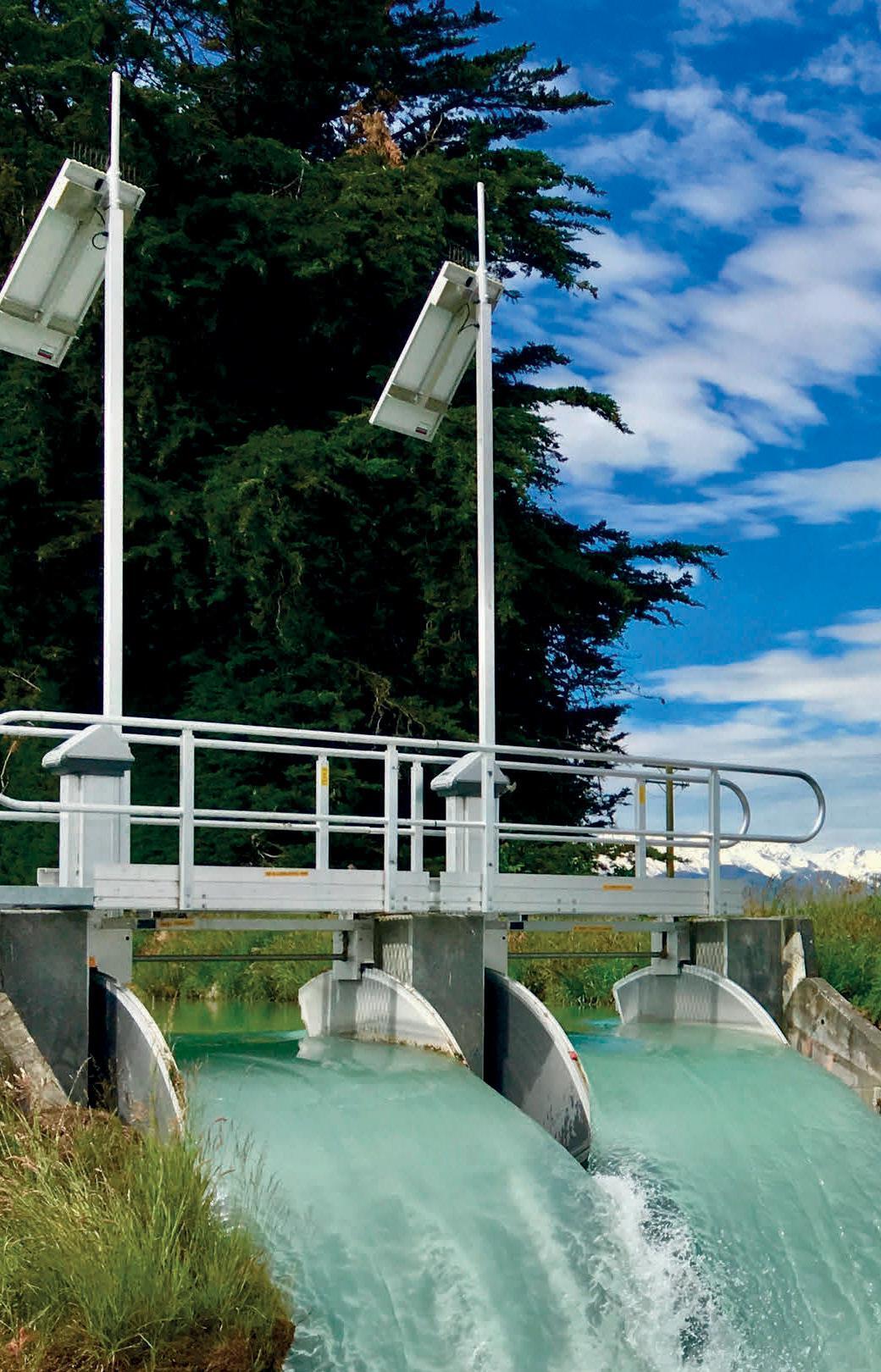






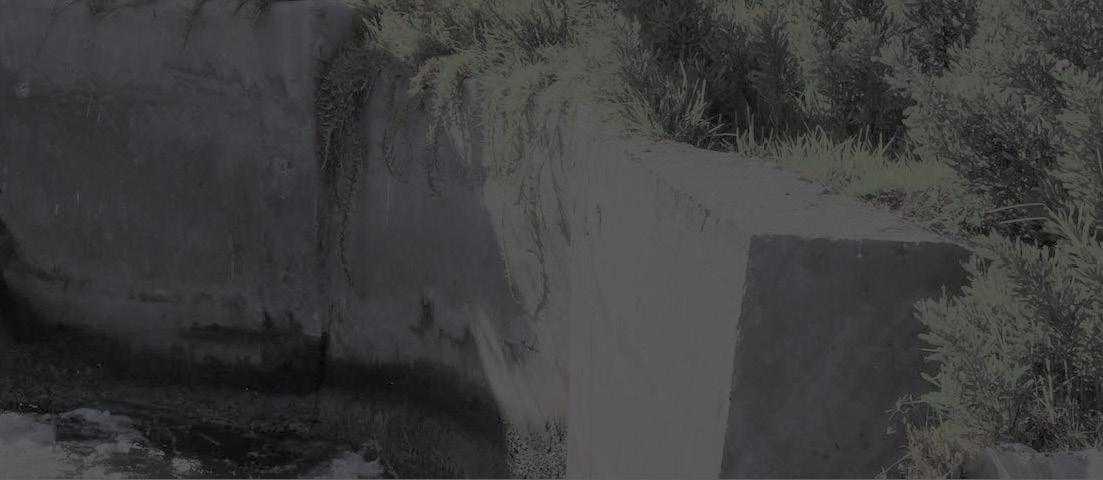







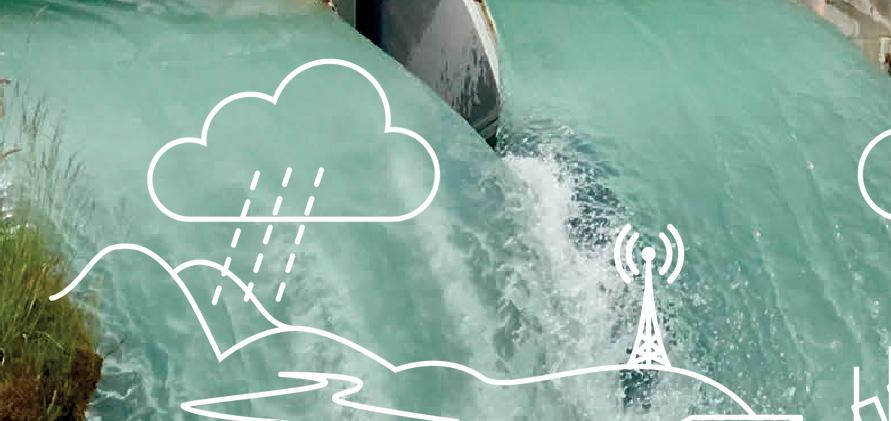



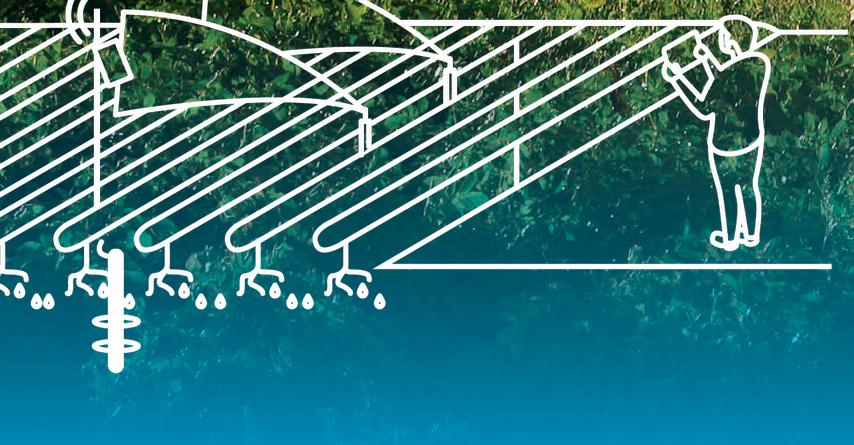
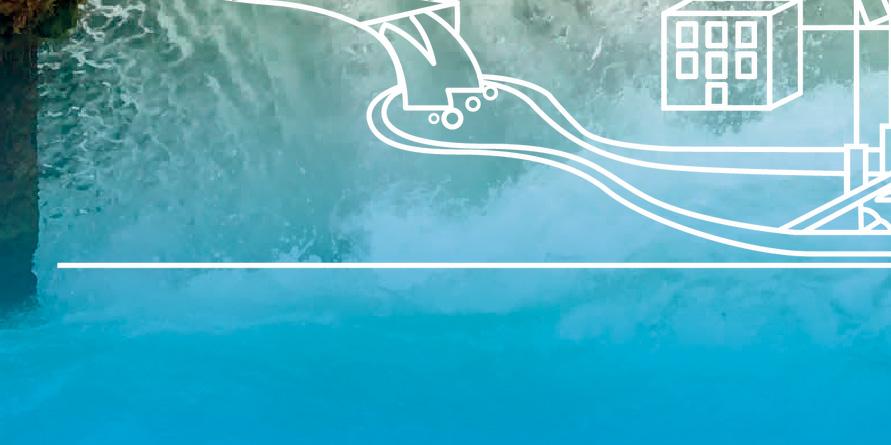
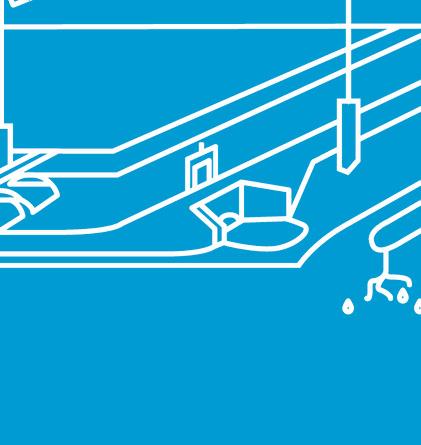








Sumith Choy General Manager India Rubicon Water
